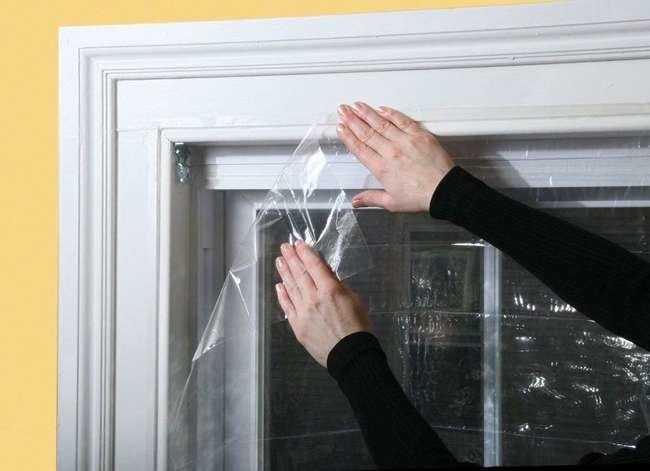

We may earn revenue from the products available on this page and participate in affiliate programs. Learn More ›
Home Advice You Can Trust
Tips, tricks & ideas for a better home and yard, delivered to your inbox daily.
By signing up you agree to our Terms of Service and Privacy Policy.
Clean Your Gutters
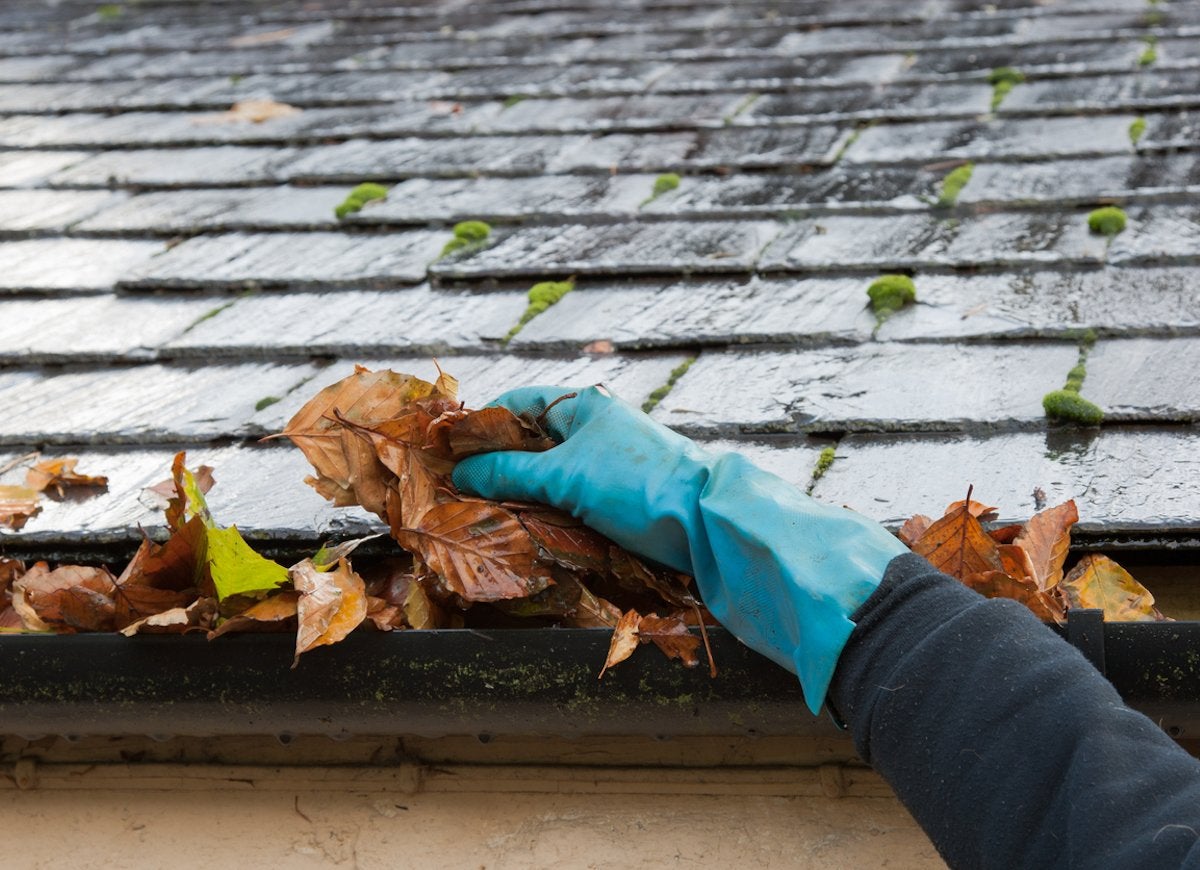
You’ve heard it before, but we can’t stress this enough. Making sure that water can flow freely through your gutters now will help prevent icicles and ice dams from forming later.
Cost: Other than your sweat and time, free.
Flush the Water Heater
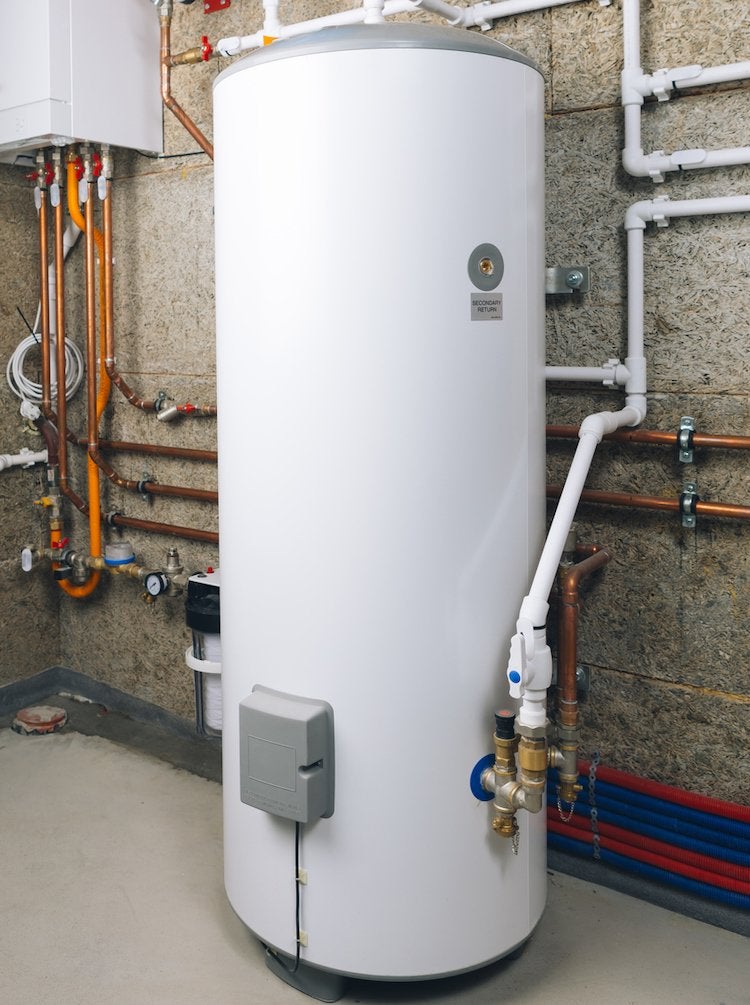
Particles and sediment can collect over time in the bottom of your water heater, hindering the unit’s efficiency. Flush the water through the drain valve to clear out the material and keep your heater functioning at its best.
Cost: 100 percent free if you do it yourself!
Clockwise Ceiling Fans
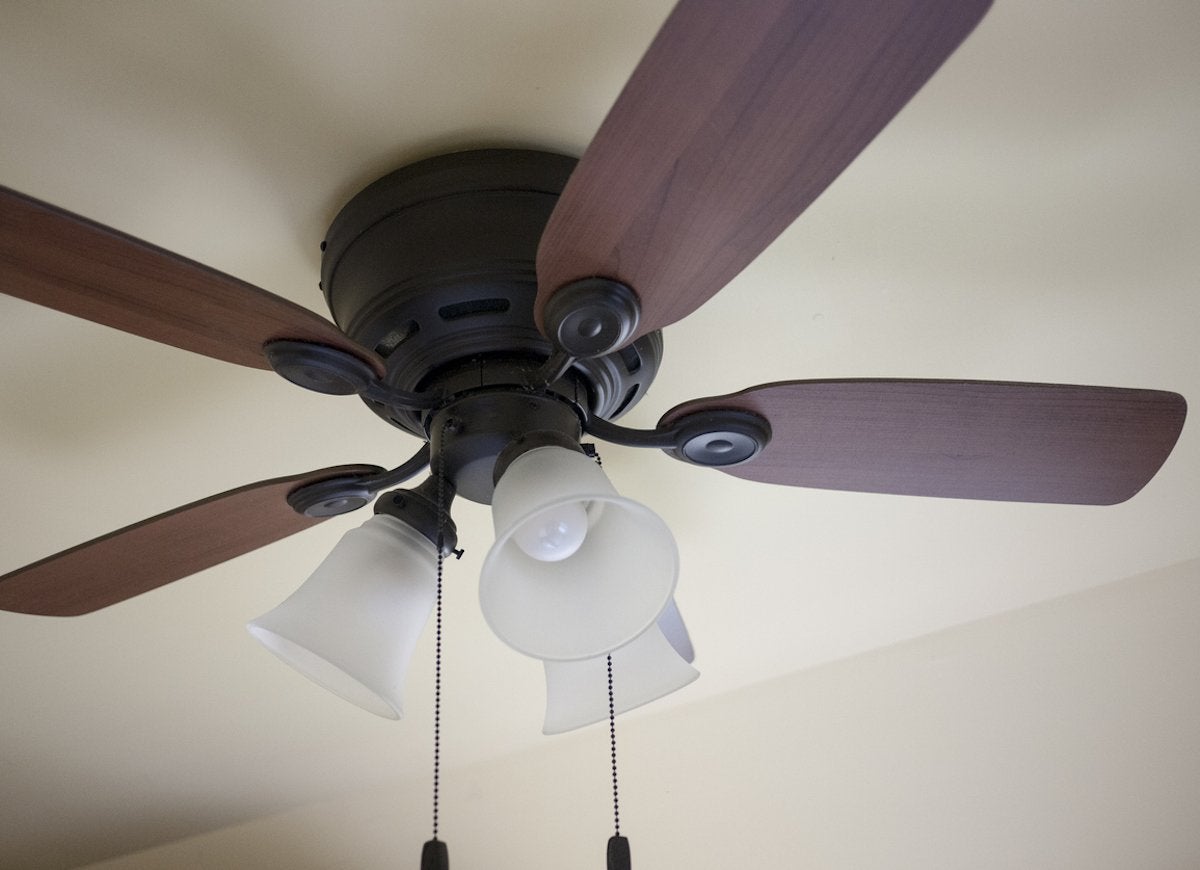
Ceiling fans are everyone’s favorite summer budget-saver. But they can help out in the winter as well! Have your ceiling fans move in a clockwise direction so they push hot air along the ceiling towards the floor. If they’re going counterclockwise, they won’t be as effective.
Cost: Free if you have a fan.
Window Insulation Film
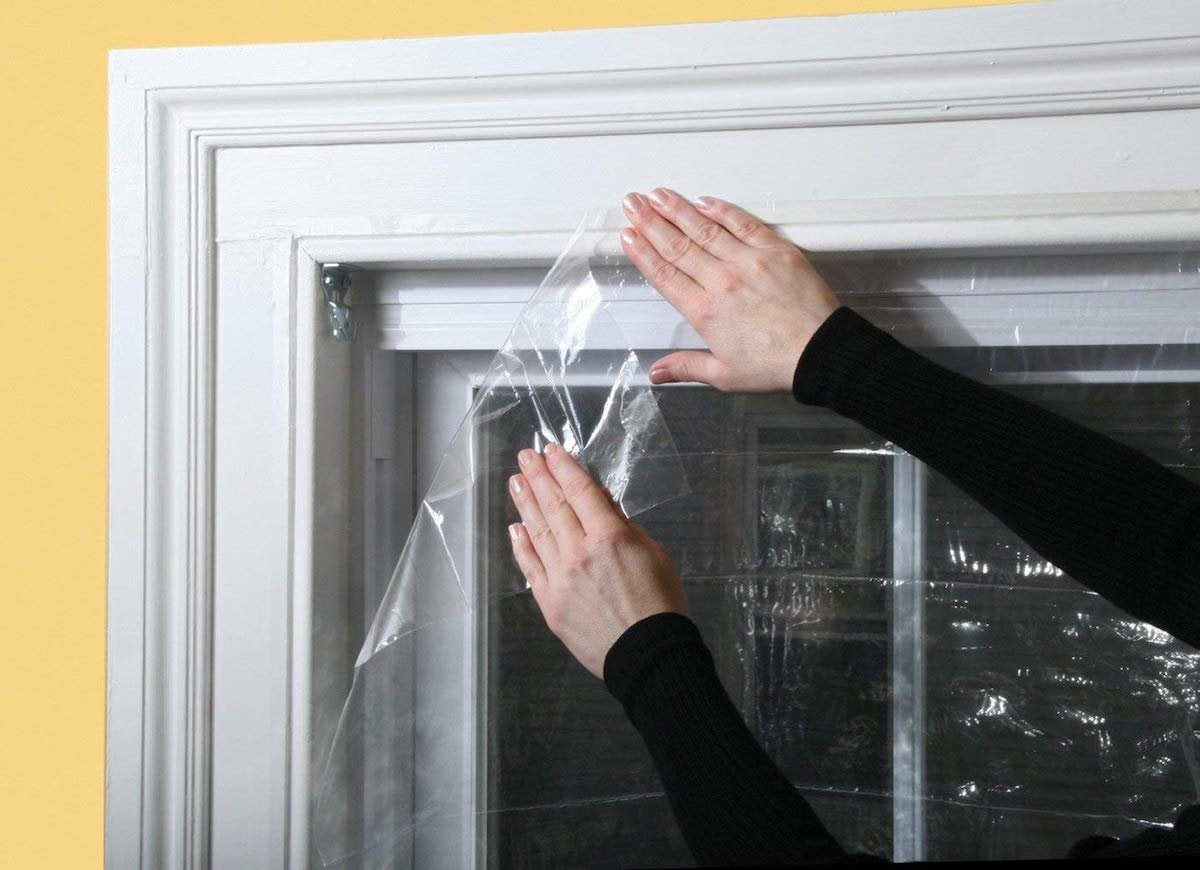
It may not be the most fashionable tip, but window insulation film can keep up to 70 percent of heat from leaking out of the windows. You won’t mind the appearance when you’re toasty warm in your house!
Cost: $7.50 to $20 per kit.
Draft Guards
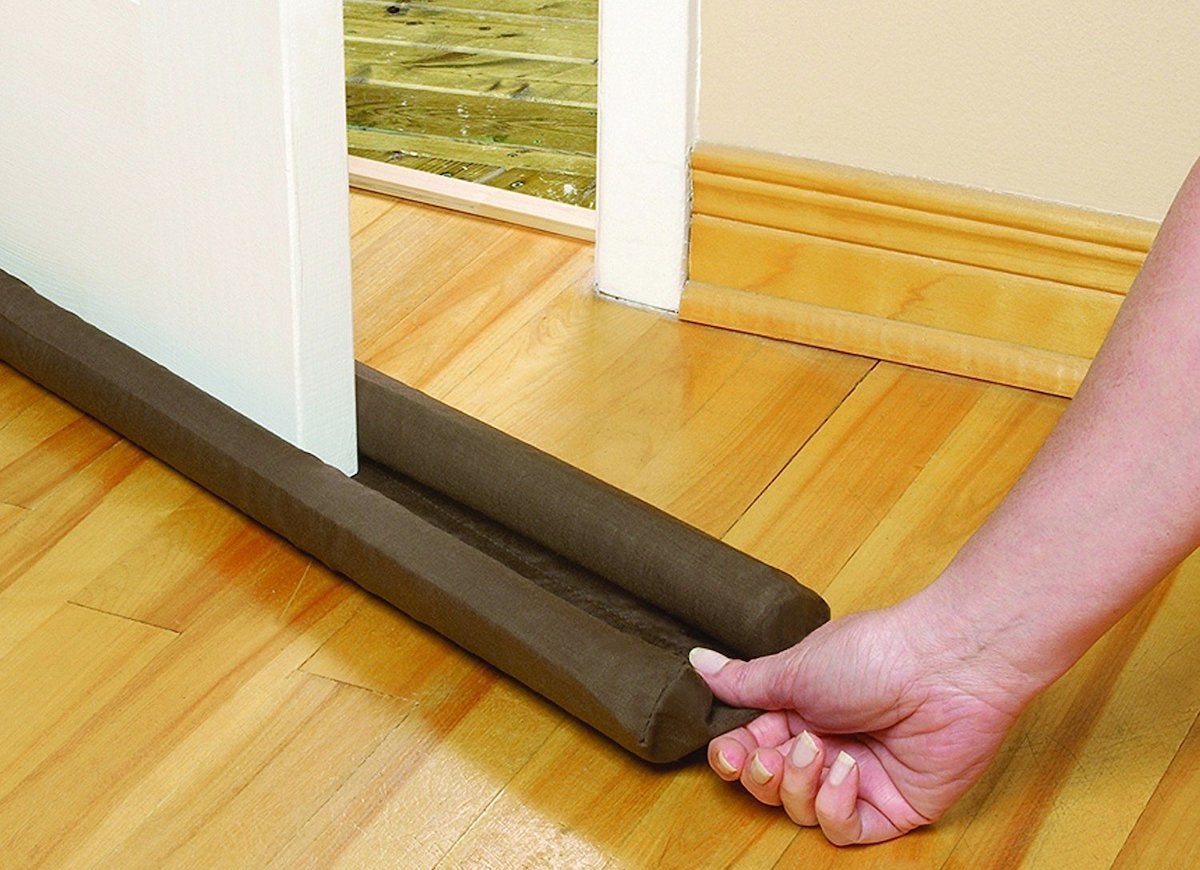
In a drafty room, heat escapes under the door. When winterizing your house, place draft guards by the doors to prevent heat loss. It’s a simple solution that keeps your house warm and saves you from wasting energy.
Cost: Starting at $17 for a draft guard; free, if you place a rolled towel at the bottom of the door.
Replace Filters

Regularly changing the filters in your central air and heating system can significantly improve its efficiency and longevity, while easing the pressure on your wallet.
Cost: $30 to $50 for a pack of filters; see our favorite air filters for furnaces.
Weatherstrip Tape
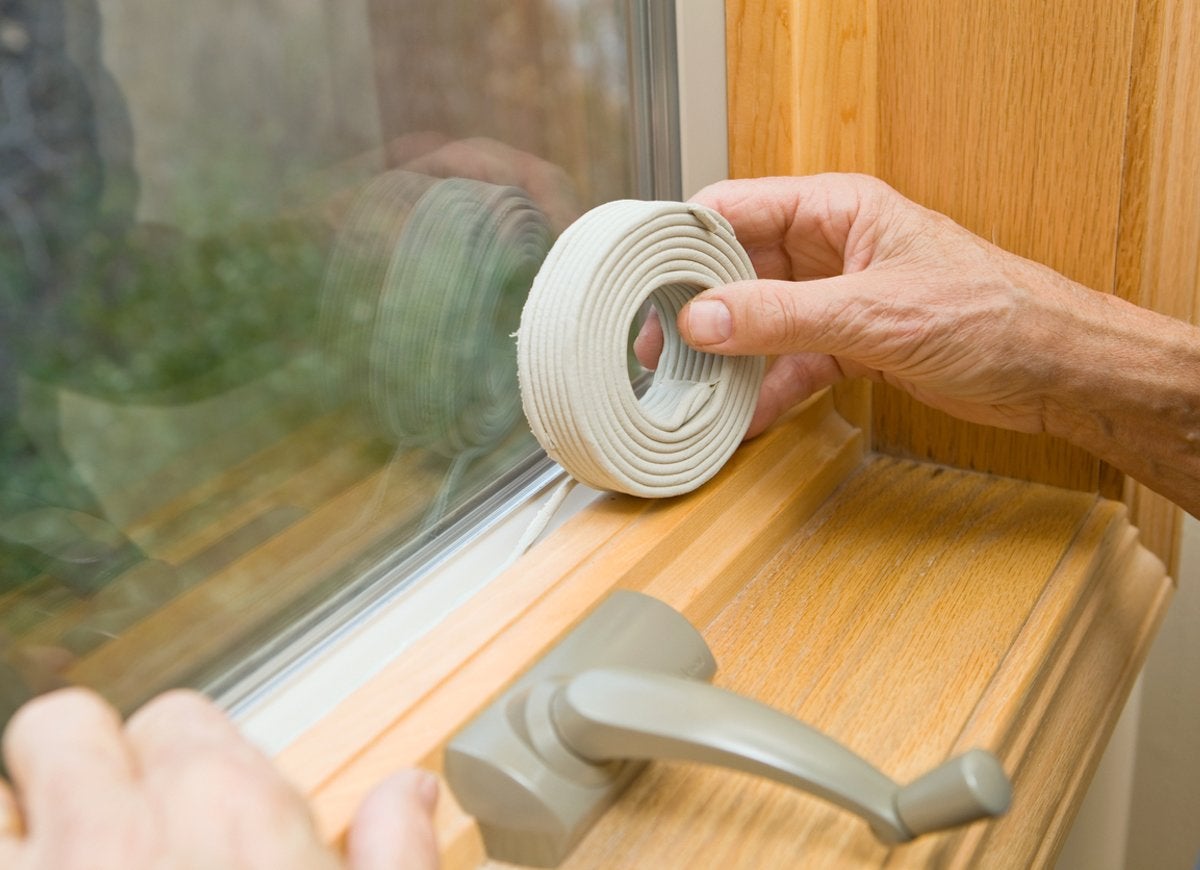
Drafts and air leaks increase your heating costs, so make sure your windows and doors are sealed tight with weatherstripping. Simple, easy, and smart.
Fiberglass Insulation
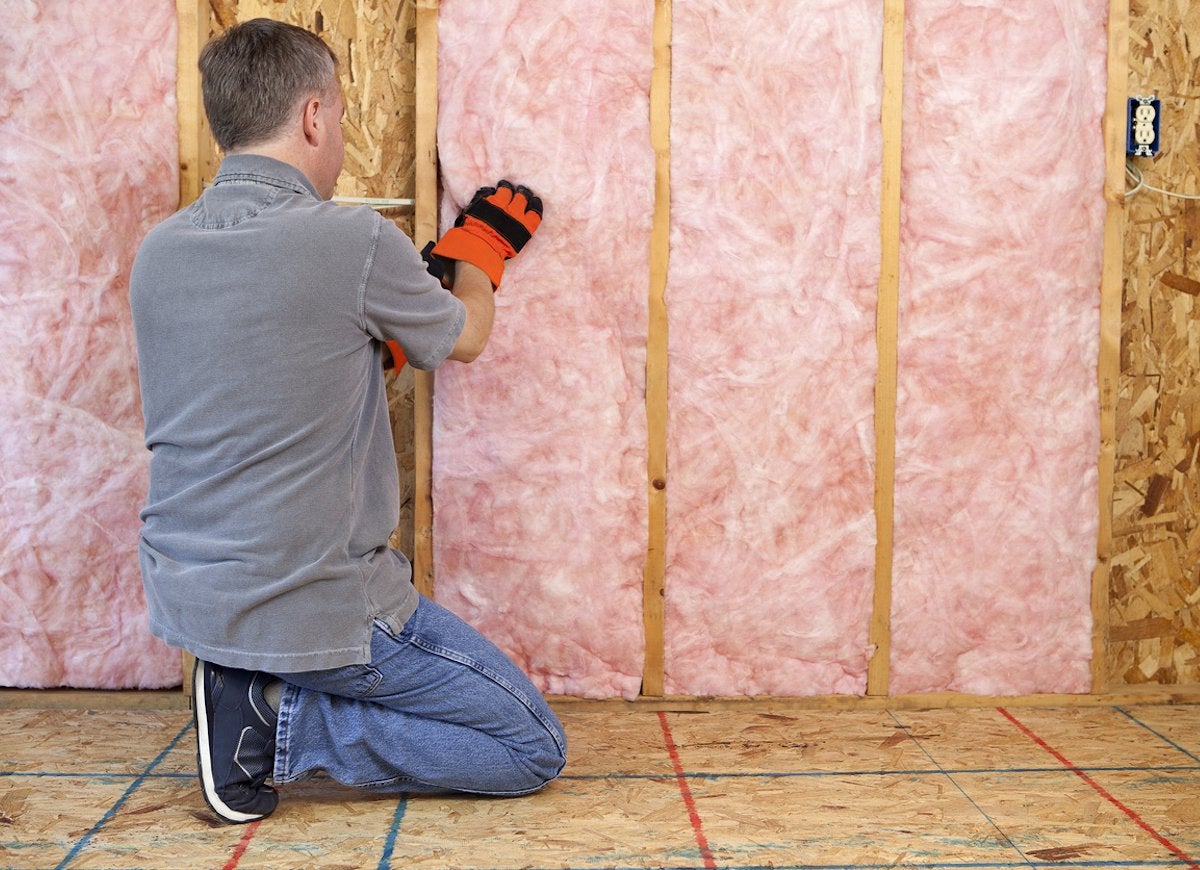
For maximum heat retention, pack fiberglass insulation around basement doors, windows in unused rooms, and window AC units. Make sure your attic floor is insulated, too. Just remember to be careful and wear gloves!
Cost: Starting at $25 per roll of fiberglass insulation.
Programmable Thermostat
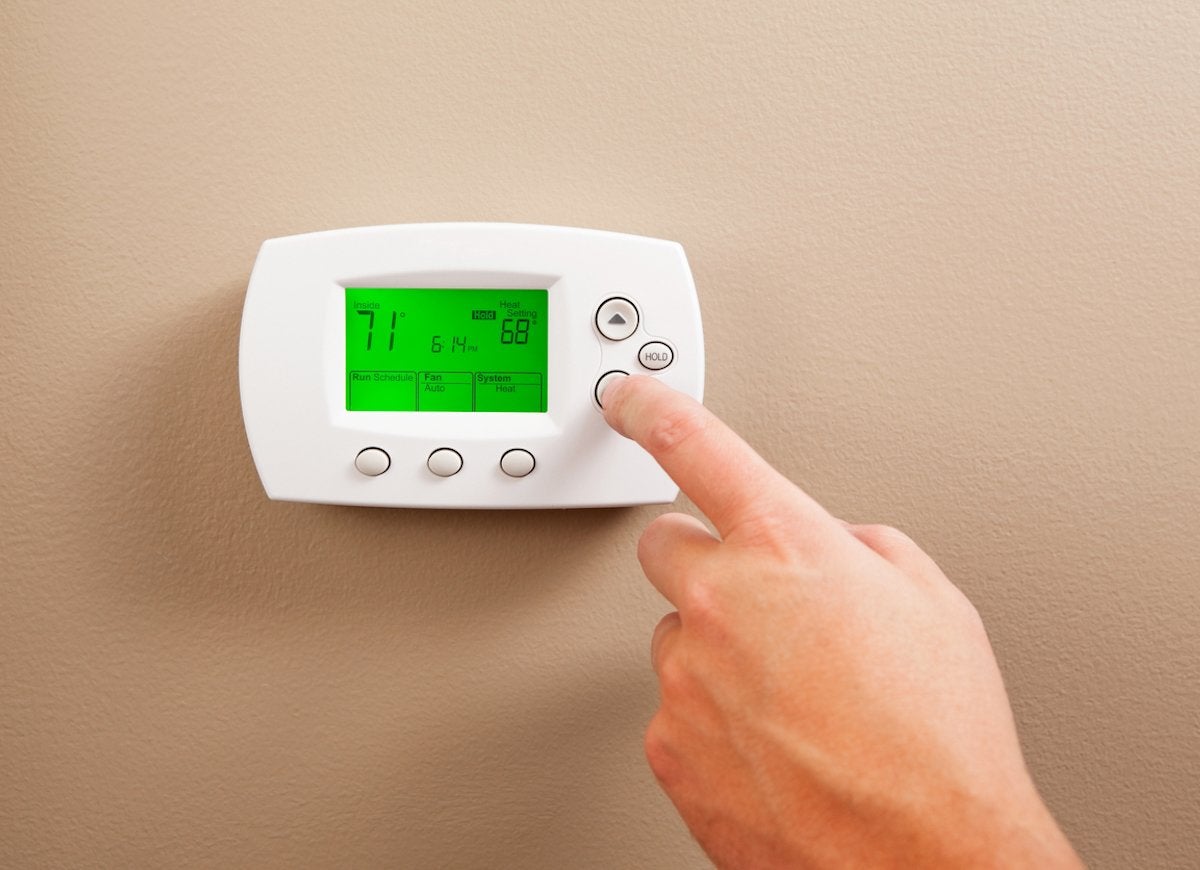
The U.S. Department of Energy says you can save as much as 10 percent on your heating or cooling expenses for the year by simply turning your thermostat back 7° to 10°F from its normal setting for 8 hours a day (say, overnight). Install a programmable thermostat now and save money by keeping the temp down when you’re not at home. (If you’re ready to spend more, upgrading your home thermostat to a smart device can increase savings even more through automating your heat to when you’re home and opt into incentives offered by your utility company.)
Cost: Starting around $30 for a basic programmable thermostat, while smart home thermostats range from the Amazon Smart Thermostat at $80 to the Google Nest Learning Thermostat at $250. See all of our favorite home thermostats, tested.
Just Caulk It
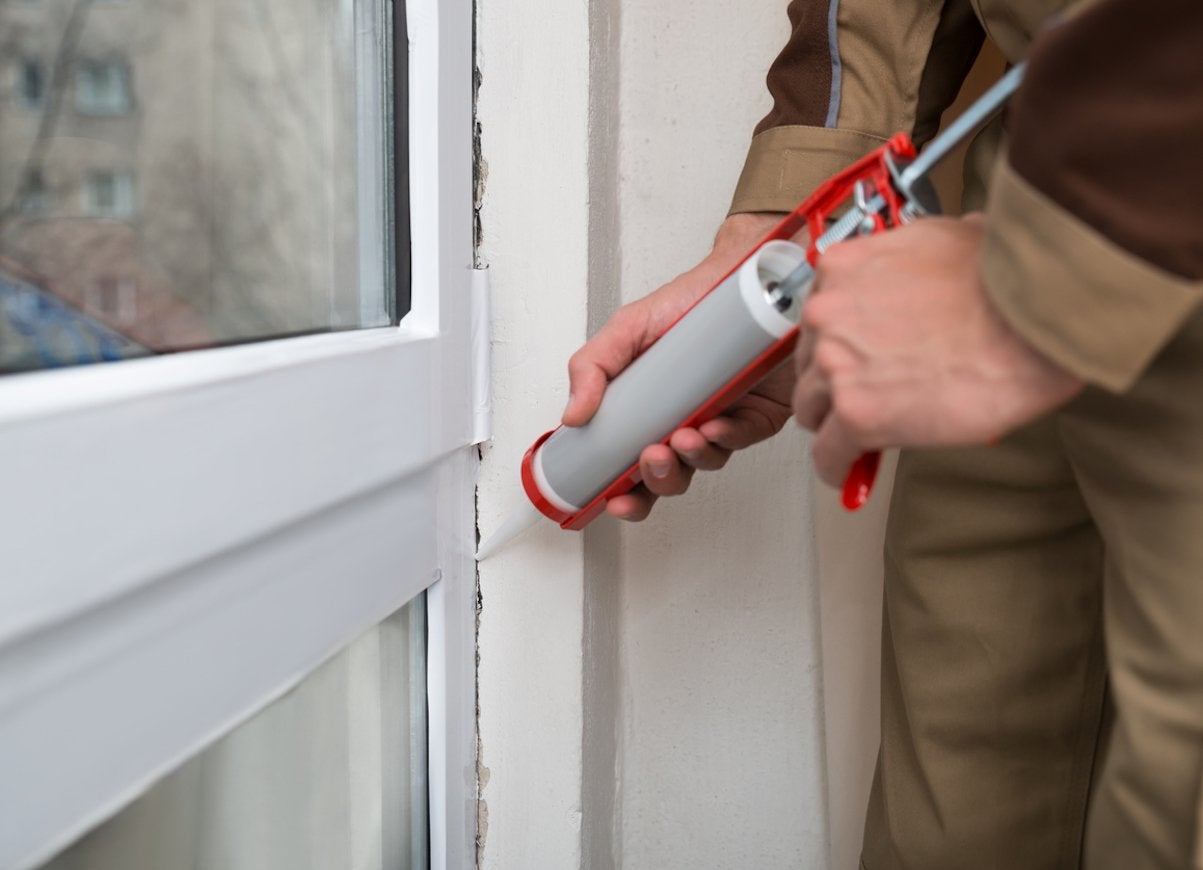
Any remaining gaps in siding, windows, or doors can be filled with caulk. For extra drafty windows and doors, caulk the inside too, pulling off moldings to fill all gaps in the insulation.
Cost: $32 for a caulk gun and less than $15 for a tube of caulk.
Chimney Balloon
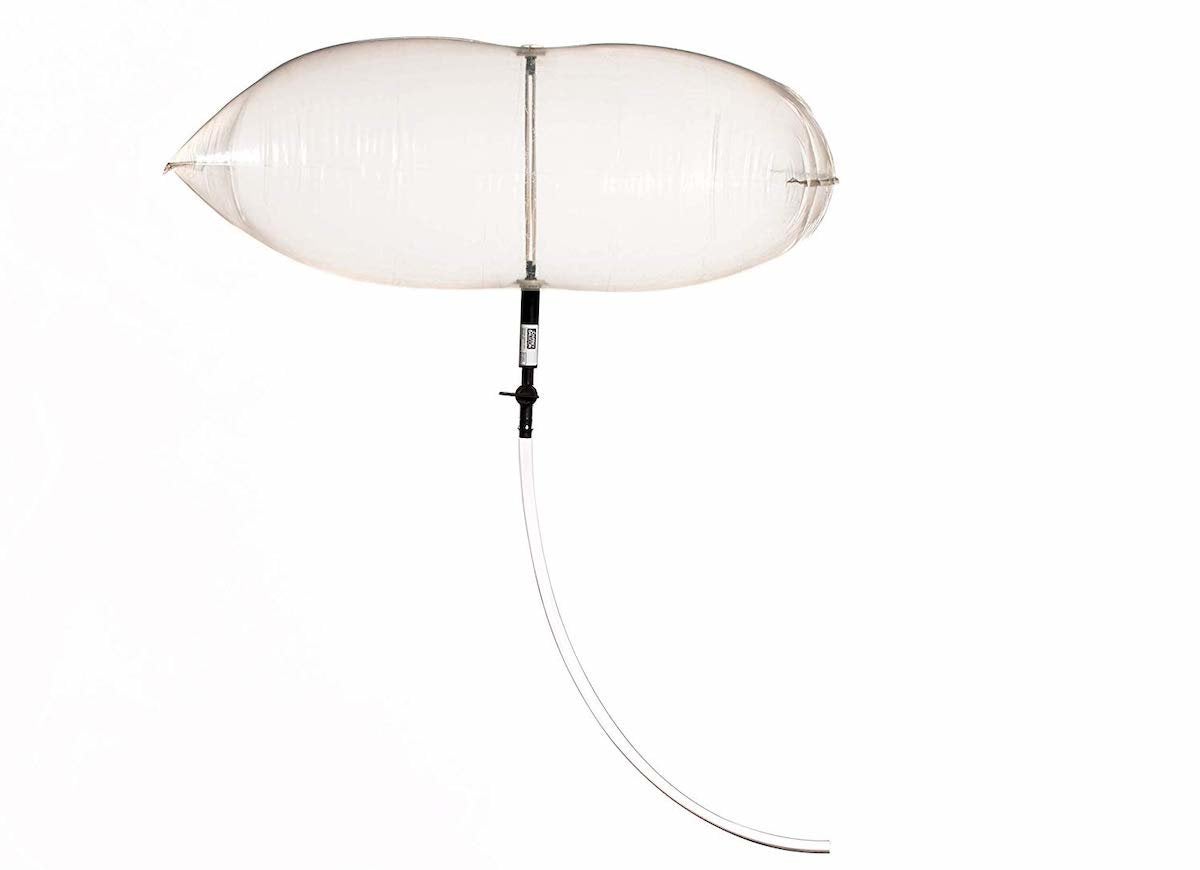
Your chimney is a huge source of heat loss come wintertime. If not in active use, plug it up with a chimney balloon when winterizing your home to keep drafts out and heat in.
Cost: $47 to $53 for a chimney balloon, depending on the size of the balloon.

I Was Dead Set On Stone Floors—Until I Saw These Options
See how a virtual floor designer might just change how you envision your floors, as it did for this editor with her ongoing kitchen renovation.